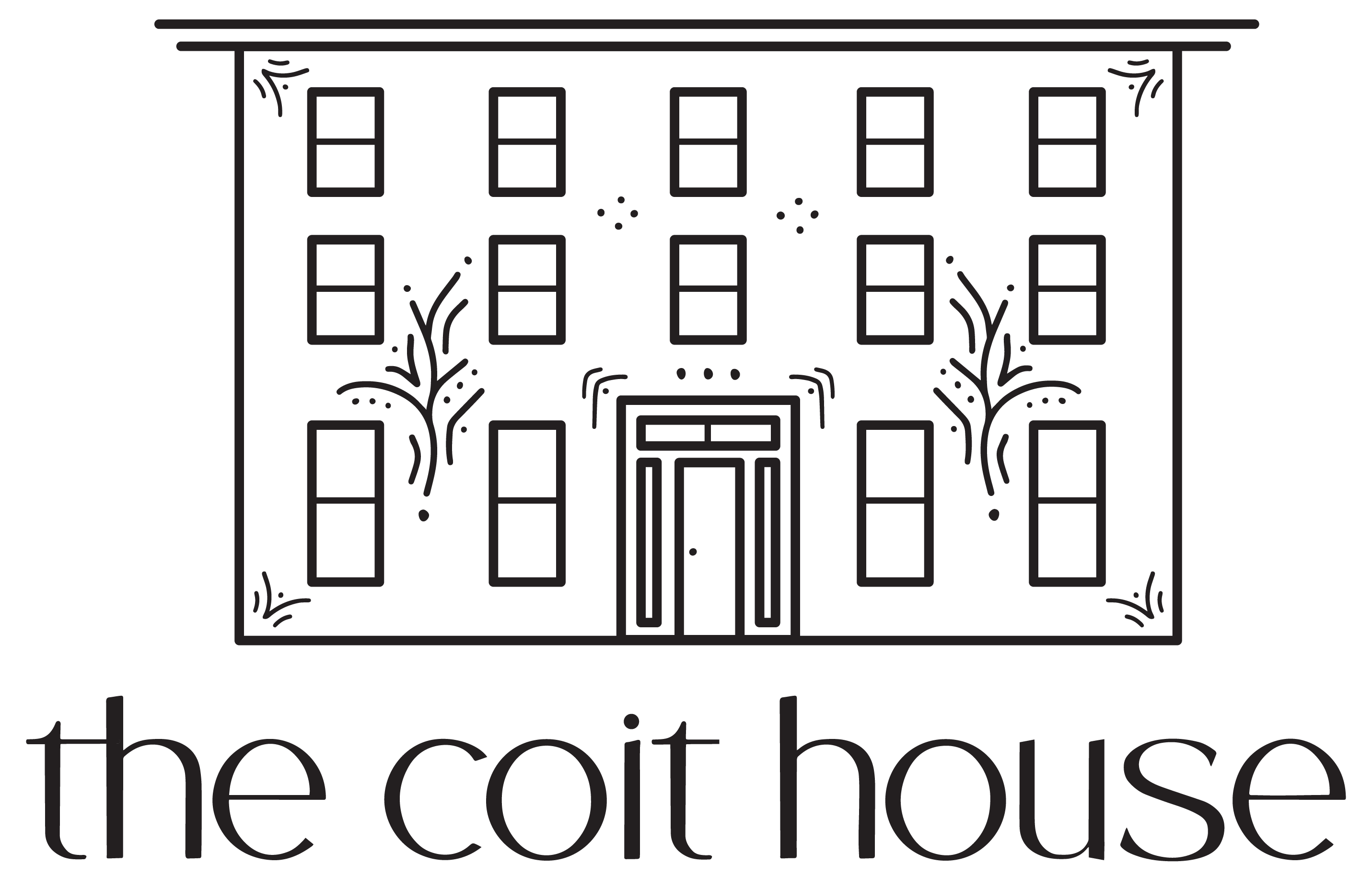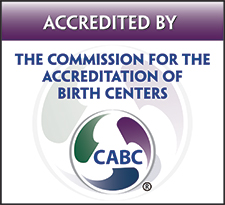On Friday night, I spent some time watching Pieces of a Woman, a story about the loss of a full term baby at a planned home birth. I knew our clients and their family members would ask me about it, and I wanted to be able to speak from a place of understanding.
I expected to be deeply engaged in this movie’s storyline; in reality, I found the characters to be poorly developed, and the movie was mostly about highly dysfunctional family dynamics that were largely unrelated to the loss of the baby. One could easily imagine the couple and the family struggling with one another even if the baby had survived. Interestingly, as home birth midwives, we consider such family dynamics to be a sign that a client may not be the best fit for our care. Birth outside of a hospital requires careful thought and understanding from all involved parties, and clients whose family members are strongly opposed to home birth or do not have trusting relationships with those close to them will not find the support they need in the event that something does not go according to plan.
The home birth scene
The movie opens with a thirty minute long continuous take of the birth. It appears, in fact, that the entire labor is less than an hour long which is highly unrealistic for a first time birther. The lack of realism doesn’t stop there. During last two times the midwife listens to the baby’s heartbeat with her Doppler, while the birthing person is pushing, she hears what seems to be some decelerations, or decreases, in the heartbeat. However, at this point, the birth is imminent. The second time she hears a deceleration, she requests that the partner call an ambulance, which is appropriately timed as it would enable EMS to be available in the event the baby was born very compromised and required a hospital transfer. What is unrealistic is that the midwife appears to have minimal equipment with her compared to what a licensed midwife in the United States would generally carry, including equipment to resuscitate a baby. She also does not have an assistant with her which is atypical. Furthermore, she is jumpy and anxious, uses annoying terms of endearment with the client, and does an excessive number of cervical exams which do not appear to be entirely consensual. Nonetheless, the baby is born pink and screaming which indicates that there could not have been significant compromise from the decelerations in the baby’s heartbeat late in labor. A minute or two after birth, the baby becomes unresponsive and dies, although the movie does little to explain how it happened other than “lack of oxygen due to arrhythmias”—which is downright bizarre for anyone with a midwifery or obstetrical background. In real life, the only likely cause of a death so soon after birth for a baby who was born spontaneously breathing and crying would be a congenital anomaly, which could occur in any birth setting and would not be the fault of the midwife. The home birth scene was so implausible and offensive that it was difficult for me to follow the remainder of the movie.
Prosecution of the midwife
Inconsistencies with home birth midwifery care continue when the midwife is criminally prosecuted for the stillbirth. A headline reads, “Midwife faces 5 years in prison. The witch-hunt against midwifery is fueled by the medical establishment.” While the latter is historically true, licensed midwives in the United States are not generally criminally prosecuted but instead may undergo review with their state licensing body in the event of a significant adverse outcome or may report sentinel events to other bodies, such as the Commission for Accreditation of Birth Centers (CABC).
The bereaved woman’s mother also sues the home birth midwife in civil court; however, it appears both the criminal and civil suits against the midwife are dismissed based upon testimony from the birthing mother. In a highly emotional court scene, she states, “This woman did not intentionally harm my girl. She only wanted to deliver a healthy baby that night, and I do not think it is your fault–her fault–thank you. There might be a reason for what happened, but we are not going to find it here in this room. If I stand here and ask for compensation or money, then I am saying that I can be compensated, and I can’t. I can’t bring her back. No money or verdicts or sentences can bring back what…how can I give this pain to someone else, someone who has already suffered? I know she would not want that, at all. That is not why my daughter came into this world for the time that she did.”
This court scene was the most powerful part of the movie because it highlights the humanity of everyone involved when a loss occurs. Birth is mostly a normal, healthy event. But it is also inherently risky and unpredictable. In all birth settings and with all providers, something can go wrong. Imperfect midwives and imperfect clients make imperfect decisions, and when you combine human nature with an event that is unpredictable, inevitably a very small number of people endure the worst possible outcome.
The movie does an excellent job alluding to the double standards that community midwives and families who choose community birth are held to. When all goes well, there’s no credit to the overall philosophy of supporting physiologic philosophy. When an adverse event occurs, however, the blame rests on the midwife who provided care, the family who chose community birth, or both. The cultural undertone that adverse outcomes in a hospital are never preventable and adverse outcomes in the home birth setting are always preventable is problematic. The movie also fails to address the story about why this family chose home birth and how the midwife provided informed consent and shared decision-making, hallmarks of midwifery model care in the community setting.
The benefits and risks of community birth
Studies demonstrate that planned home birth or that in a birth center is associated with considerable health benefits for birthing people and babies. Low-risk, healthy people who plan to birth outside of a hospital demonstrate a cesarean rate of about 5% compared to that of 33% in hospitals. The vast majority of people who plan birth in the community setting have vaginal births at home or in birth centers (about 85%). About 5% of clients risk out of care prior to onset of labor, about 10% of clients transfer (largely non-emergently) to a hospital during labor, about 2% of clients transfer after birth, and about 2% of babies transfer after birth. The most common reason for non-emergent transfer in labor is pain management or labor augmentation, and the most common reason for emergent transfer in labor (less than 1% of clients) was for non-reassuring fetal heart rate.
Birth in any setting is not without risk. While studies vary widely (see AABC, MANA, and ACOG), overall it is likely that community birth is associated with approximately double the risk of intrapartum (in labor) or neonatal (after birth) death of a baby–a total of about 1-2 per thousand in the hospital and about 2-4 per thousand in the community birth setting. Risk in community birth settings is higher for those who have a previous cesarean section, twins, a breech baby, are more than 41 weeks pregnant, and are pregnant with their first baby.
Systemic issues that aren’t addressed
The grief that a family must endure after the loss of a baby is unimaginable. While I have not personally attended a stillbirth, I have stood alongside midwives who have experienced a loss, and it is also tragic from the perspective of the caregiver. As a culture, we could do far better addressing the systemic issues involved in adverse outcomes in any setting and recognize that midwifery outcomes are best when midwives are well-integrated into the system of hospitals and insurers. Despite the evidence, most midwives in the United States practice in the community setting struggle with issues related to licensure, hospital privileges, malpractice insurance, reimbursement by health insurance companies, and requirements for collaborative agreements that limit access without improving safety. Pieces of a Woman picks the easy scapegoat–the home birth midwife–to outline the grief associated with loss that occurs in all settings, most commonly in the hospital, even if only because the majority of the births in the United States occur there.
As a community midwife, I hold all of the possibilities of birth in my heart and in my mind each and every day. The reality is that for the vast majority of people, birth in the community setting offers a level of autonomy, privacy, and evidence based care that cannot be met in the hospital setting for healthy, low risk people planning physiologic birth. Certainly there is a time and a place for planned hospital birth or transfer to a hospital–and anyone who simply wishes to be there is reason enough–but choice of birth setting and provider is paramount.




